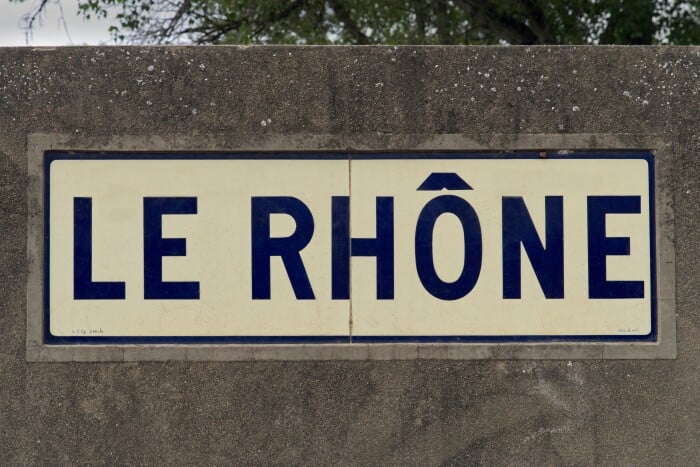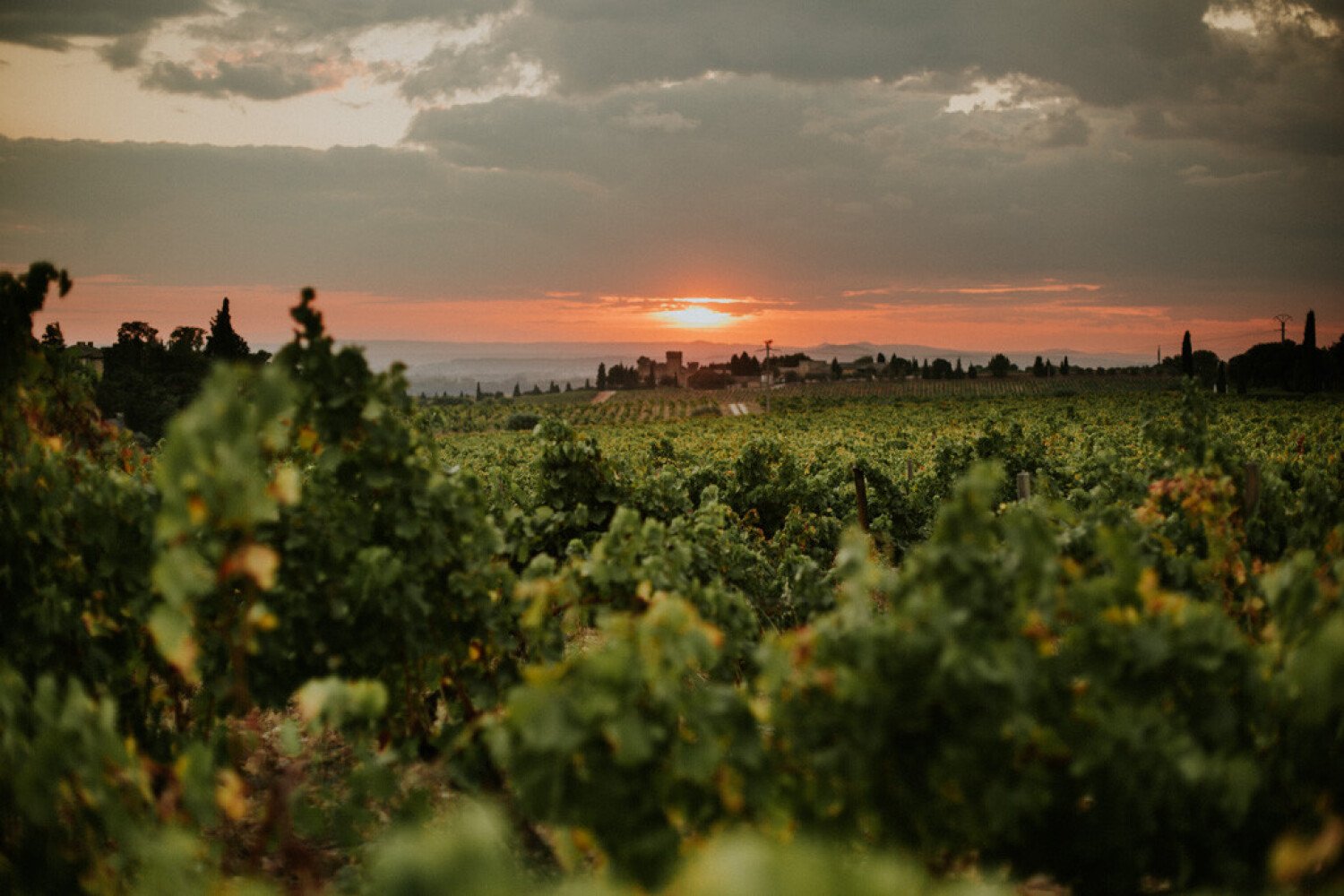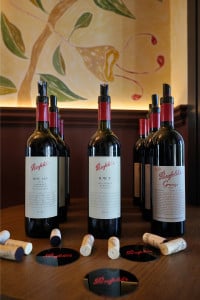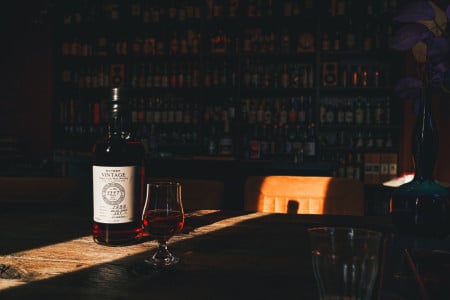The best way to understand the French Rhône wine-growing region is to think of two very different siblings. They somehow belong together, but they are fundamentally different. The two wine-growing areas extend for some 200 kilometres along the Rhône between Vienne and Avignon, with a total vineyard area of around 61,000 hectares. Valence serves as a border town, so to speak. This is where the northern Rhône, with its rugged slopes, ends and the slightly flatter and more homogeneous southern Rhône begins. The wines of north and south are just as different as the landscape. But why is that? Let's just travel from north to south and take a look at the characteristics.


Wine
Explore more
Types of wine
Grapes
Countries
Champagne
Explore more
Whisky
Explore more
Types of Whisky
Whisky brands
Countries
Spirits
Explore more
Spirit brands
Rum
Explore more
Rum brands
Sale
Blog
About





